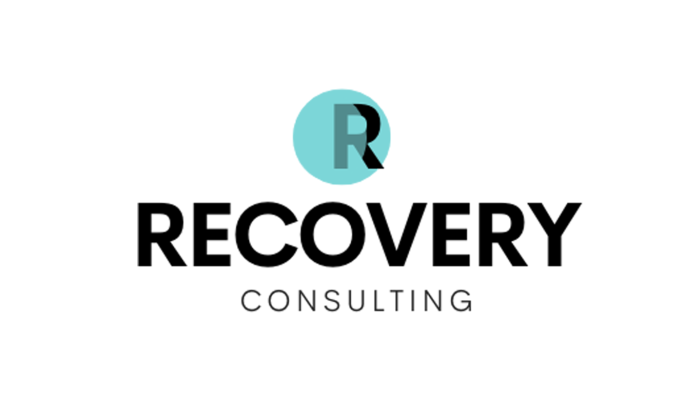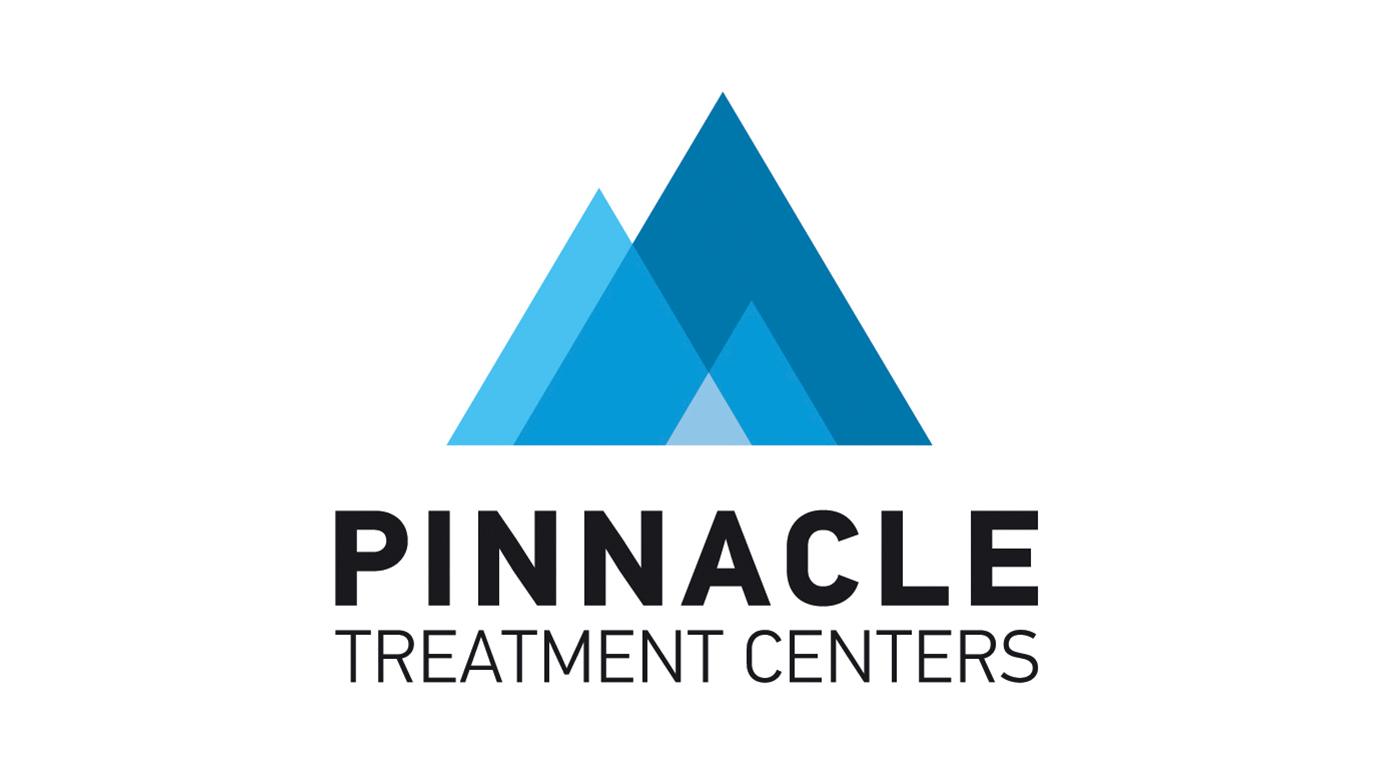Feb 28, 2024

Individuals bring their lived experiences, unique perspectives, past traumas and diverse backgrounds with them wherever they go. These factors combine to produce a roadmap for one’s life path. Sometimes they create insurmountable obstacles that can derail the journey. No matter how much one wants to reach their desired destination, some detours are unavoidable, and without proper guidance, they become impossible to navigate.
What does an example of cultural trauma look and feel like?
Many years ago, when Ester Nicholson, Founder and CEO of Soul Recovery, was about fifteen years old, her father told her a story about her great-great grandmother, who was a slave. Her children had been sold away from her to a nearby plantation. And as any mother would, she did everything she could, even if it meant death, to see her children. She would sneak away in the dead of night to visit them, and every time she was caught, she would be severely beaten, but despite the beatings, she would sneak away, again and again and again. And again and again, she would be beaten.
When Ester’s father shared this story with her, it had a profound impact on her nervous system. For years, the mere thought of it caused her to energetically feel the lash of the whip her grandmother endured. Watching movies about slavery became an unbearable experience, haunting her for months afterwards. It took her a long time to realize that she was grappling with intergenerational cultural trauma, only coming to terms with it well into her journey of long-term recovery.
When Ester relocated to Nashville a few years back, a distressing incident unfolded as she crossed the parking lot of a Kroeger grocery store.
“A pickup truck zoomed past me, carrying several white men who shouted, ‘go home N…word.’” said Nicholson. This left her stunned and culturally traumatized. At that moment, she lacked both comprehension and guidance on how to confront and begin healing from such a deeply unsettling experience. So, she “sucked it up” and moved on, or so she thought, but as stated in the book written by Bessel van der Kolk M.D “The Body Keeps Score”, she unconsciously held onto the trauma.
As a recovery professional who attends and presents at a multitude of conferences, Ester is one out of four or five people of color out of thousands of attendees. She was struggling with cultural trauma, unconscious racial bias, and racial battle fatigue.
“I was hurt, angry and powerless,” said Nicholson. “But I knew as stated in the basic text of Alcoholics Anonymous, that “there is a solution”, and I was determined to find it by applying the principles of recovery to my cultural trauma and my own personal racial bias towards others…because, we all have unconscious racial bias.”
“I was hurt, angry and powerless,” said Nicholson. “But I knew as stated in the basic text of Alcoholics Anonymous, that “there is a solution”, and I was determined to find it by applying the principles of recovery to my cultural trauma and my own personal racial bias towards others…because, we all have unconscious racial bias.”
It is almost impossible to have been born in this world, and not have been indoctrinated with beliefs in otherness, superiority, and inferiority. We all have blind spots where unconscious racial bias is hidden from our conscious awareness, in white people, as well as in people of color and other marginalized communities, and until we own it, we can’t heal it.
For many individuals, these detours head straight to addiction.
The world is in an escalating opioid crisis that overwhelmingly affects Black, Indigenous and People of Color (BIPOC) with 40% increase in opioid deaths in Black Americans related to white. Even more devastating is the fact that racial and ethnic communities are largely ignored when it comes to effective and sustainable interventions and treatment. A recent study showed that Black Americans experience significant delays in their ability to access treatment - including medication - leading to more severity of the SUD and higher overdose rates (Lewis, et al. 2018). As well, BIPOC individuals are exposed to more adverse childhood experiences which is a known predictor of higher risk for SUD. Often Black Americans are sent to jail and for longer periods of time for drug-related offenses, where treatment is also not available.
In order to be successful, substance use disorder treatment must be thoughtfully designed to reach and support everyone in the way that works best for them. It is incredibly difficult to connect with someone in the throes of addiction, and virtually impossible when they do not see themselves in the faces of those trying to help. In order to reach everyone who needs life-saving treatment, it is imperative that treatment programs consider the diverse needs of the underrepresented minority populations most affected by this catastrophic crisis.
Reaching and connecting with BIPOC communities facing substance-induced disorders requires gaining insight into their specific challenges and creating meaningful connections. Substance abuse and mental health often go hand in hand, and the first step to disrupting the cycle is for SUD therapy treatment facilities to hire staff that BIPOC communities can trust. This will help create a safe space for them to begin the arduous journey toward sustainable recovery.
Fostering this type of environment demonstrates to the BIPOC community that the substance use disorder treatment facility celebrates diversity and is equipped to support each individual’s recovery in a way that meets their unique needs.
Leveraging DEI for Effective Treatment of Substance-Induced Disorders
Implementing deliberate actions to increase racial and ethnic diversity when tailoring treatment plans and outreach is now widely recognized among addiction researchers and healthcare providers as an essential measure for delivering meaningful support to individuals who need it the most.
The exclusion of racial, cultural and ethnic considerations in evidence-based treatment is especially conspicuous when examining the increasing number of overdoses in Black, Indigenous, and People of Color communities with drug and alcohol dependence. This trend is concerning and best addressed by implementing significant DEI efforts in substance abuse counseling facilities.
Substance abuse counseling and treatment should be accessible to every individual, regardless of their background or circumstances. It is especially critical to reach underrepresented minority communities affected by drug and alcohol dependence who lack access to evidence-based treatment. Leaders who recognize this and combat it by implementing meaningful DEI efforts in the workplace can significantly deepen their impact on the community.
Amplifying SUD Therapy Efforts with Cultural Awareness and Sensitivity
Prioritizing cultural competency and sensitivity is key to delivering impactful care tailored to individual needs, values, perspectives and backgrounds. Leaders who understand that substance use recovery is often influenced by cultural factors can successfully reach underrepresented racial and ethnic communities with empathetic support.
Understanding cultural differences is vital to establishing and maintaining the connection needed for effectively guiding the recovery process. Many cultures shy away from seeking support for substance-induced disorders due to deep-seated societal beliefs, stigma and stereotypes related to mental health. In some cultures, mental or physical illness may even be perceived as arising out of bad conduct or evil thoughts, which places a heavy burden of responsibility on the individual facing addiction. Conversely, other cultures embrace mental health treatment and recognize its importance to the recovery process. Communication styles across cultures also vary. The same words that are received as empathetic in one culture may be triggering in another.
Recognizing and embracing the nuances that come with diverse cultural backgrounds and communication styles enables treatment facilities to create a safe space to focus all their energy on recovery.
4 Strategies for Advancing DEI Efforts for Effective SUD Therapy
Recognizing the disconnect between substance abuse counseling strategies and the communities they are intended to serve is the first step in the problem-solving process. As this issue is brought to light, it is possible to discover ways to address it. An impactful place to start is by understanding elements that successful SUD treatment organizations that reach and support underrepresented racial and ethnic communities all have in common.
1. Cultivating Culturally Competent Leaders, Staff and Providers
It is imperative that the professionals who are researching, designing and delivering SUD treatment are recognizable to those in need of its intervention. When leaders, staff and providers come from similar backgrounds and cultures as those they are supporting, they are better equipped to cater to individual needs. Culturally competent care begins by ensuring diverse representation across the industry and empowering all involved with knowledge, experience and skills to tailor cultural nuances into substance use disorder treatment plans.
2. Mentor BIPOC Staff Members to Maximize SUD Treatment
By offering mentoring programs focused on supporting and empowering BIPOC staff, leaders celebrate diversity, enhance inclusivity and ensure equity. These efforts create a safe space where every employee can embody their authentic self and make meaningful contributions to the design and delivery of SUD treatment programs and attain their highest career goals. Advancing DEI in the workplace is one of the most effective strategies leaders can deploy to effectively reach and support BIPOC individuals in need of life-saving intervention.
3. Accelerate DEI Efforts With Ongoing Training Opportunities
Incorporating diversity, equity and inclusion in the workplace is not a one-size-fits-all initiative, and it doesn’t conclude at implementation. Offering ongoing DEI training and professional development opportunities is vital for cultivating an environment that empowers staff with tools, knowledge and skills to effectively support every individual on their unique recovery journey. Leaders who prioritize culturally competent care and integrate it into the program design effectively meet the diverse needs of individuals from different cultural backgrounds. This inclusive approach, tailored to address cultural differences, is critical to creating a sustainable recovery treatment plan.
4. Creating Inclusive Workplaces and Clinical Spaces
Creating a welcoming and inclusive physical environment fosters a sense of belonging among staff and participants. This safe space organically arises when leaders embrace diversity, respect individual identities, and promote transparency. A sense of “we’re all in this together” is cultivated, despite individual differences, which results in everyone working together toward shared goals. In the treatment of substance-induced disorders, this is especially important as participants must feel comfortable displaying a level of vulnerability that typically only occurs in a safe and inclusive environment.
4 Strategies to Deploy Trauma-Informed SUD Treatment
The following four effective strategies for deploying a trauma-informed approach and cultivating DEI in the workplace are the guides a leader needs to design meaningful substance use disorder treatment options to reach and support underrepresented racial and ethnic communities most affected by the opioid crisis.
1. Prioritizing Diversity in Hiring Practices
Creating a diverse workforce that possesses cultural competence and sensitivity begins with the recruitment and hiring process. Building a workforce that reflects the community being served is paramount, and organizations that adopt hiring practices that prioritize DEI in the workplace will attract a pool of candidates with similar backgrounds, cultures and experiences as the individuals they seek to connect with and support.
2. Connecting with the Community Cultivates Inclusivity
Collaboration is the most effective way to truly connect with — and best support — the community an organization serves. Creating a pipeline that fosters honest and transparent feedback enables leadership to design programs that meet community needs in the best way. Fostering partnerships with other community resources and organizations can also spark innovation and ensure treatment options are inclusive and responsive to community requirements.
3. Ensure Continued Inclusivity with Ongoing Program Assessment
To ensure sustainable success in a substance use disorder treatment program, it is imperative to continually evaluate its inclusivity. Seeking constructive feedback from participants and stakeholders is key to meeting the needs of every community member in recovery. SUD treatment facilities that remain agile and adapt as new information is received will reach more individuals in need to guide their successful recovery journey.
4. Effective Support Begins with a Trauma-Informed Approach
Creating a welcoming and supportive environment begins by being mindful of cultural issues that may affect recovery and addressing trauma as part of the recovery process.
When SUD treatment staff acknowledges and respects the intersectional identities of individuals, including cultural challenges and untreated traumas, they build trust and connect on a deeper level. Recognizing and addressing that an individual’s culture may cause additional stressors, such as discrimination, health issues, economic instability, language barriers, and adapting to societal norms, is critical to promoting sustainable recovery.
Prioritizing Diversity to Build Sustainable Recovery
The journey to sustainable recovery for any individual facing substance-induced disorders is challenging. It is vital that SUD treatment facilities design comprehensive programs that reach underrepresented communities with the effective and sustainable support they so desperately need.
With the guidance of an expert DEI speaker, leaders can successfully implement practical strategies, embrace inclusivity, celebrate diversity and adopt a trauma informed approach. An expert DEI speaker will offer insightful guidance and mentorship to ensure that treatment programs are designed to meet underrepresented communities where they are. Catalyze DEI to build an inclusive future where every individual can access effective treatment and discover sustainable recovery.
The National Association of Treatment Providers offers Diversity, Equity, and Inclusion (DEIB) tools, which are tailored specifically for organizations in the field of behavioral health treatment. These resources empower organizations to strategically integrate DEIB principles into their operations, cultivating environments that champion diversity, ensure equity, and foster inclusive practices, thereby fortifying sustainable initiatives for the betterment of all stakeholders, including staff members and clients on their journey to recovery. To learn more about these tools click here.
ABOUT THE AUTHORS
 Dr. Carolyn Ross, MD, MPH, CEDS is an African American author, speaker, and expert on the treatment of eating disorders, trauma, and addictions. Dr. Ross is a graduate of The University of Michigan Medical School. She completed a residency in Preventive Medicine and a Master’s in Public Health (MPH) at Loma Linda University and a fellowship in Integrative Medicine at the University of Arizona. She is board certified in Preventive Medicine and in Addiction Medicine. Dr. Ross has been an international speaker and consultant on issues of mental health, trauma and workplace productivity. Dr. Ross presented a TEDxPleasantGrove talk on “Historical and Intergenerational Trauma in January 2020. She is co-founder of the Institute for Antiracism and Equity, a consulting group that offers trainings to organizations on diversity and equity in the workplace.
Dr. Carolyn Ross, MD, MPH, CEDS is an African American author, speaker, and expert on the treatment of eating disorders, trauma, and addictions. Dr. Ross is a graduate of The University of Michigan Medical School. She completed a residency in Preventive Medicine and a Master’s in Public Health (MPH) at Loma Linda University and a fellowship in Integrative Medicine at the University of Arizona. She is board certified in Preventive Medicine and in Addiction Medicine. Dr. Ross has been an international speaker and consultant on issues of mental health, trauma and workplace productivity. Dr. Ross presented a TEDxPleasantGrove talk on “Historical and Intergenerational Trauma in January 2020. She is co-founder of the Institute for Antiracism and Equity, a consulting group that offers trainings to organizations on diversity and equity in the workplace.
 Ester Nicholson is the CEO and Founder of Soul Recovery, Author of Soul Recovery - 12 Keys to Healing Dependence, Trauma Healer, and training facilitator. She is a NAATP and She Recovers Foundation DEIB Committee Member. Her Compassionate Accountability program provides a roadmap to individuals, groups, and organizations seeking to bridge the gap between their current state and their authentic selves. Through a powerful blend of the 12 Steps of Recovery, some of the latest developments in brain science, evidence-based practices, and other transformative tools, Compassionate Accountability offers a comprehensive and empowering path to growth and healing.
Ester Nicholson is the CEO and Founder of Soul Recovery, Author of Soul Recovery - 12 Keys to Healing Dependence, Trauma Healer, and training facilitator. She is a NAATP and She Recovers Foundation DEIB Committee Member. Her Compassionate Accountability program provides a roadmap to individuals, groups, and organizations seeking to bridge the gap between their current state and their authentic selves. Through a powerful blend of the 12 Steps of Recovery, some of the latest developments in brain science, evidence-based practices, and other transformative tools, Compassionate Accountability offers a comprehensive and empowering path to growth and healing.
To view an Introduction to Compassionate Accountability, click here. For an on-demand Compassionate Accountability Training at TPN click here.






















Comments
novararecoveryc... replied on Permalink
Rehab alcohol centers
Ensuring inclusivity in Substance Use Disorder (SUD) treatment is essential for effective recovery. Culturally competent care, diverse treatment approaches, and accessible resources help address the unique needs of individuals from all backgrounds, fostering a more supportive and equitable recovery environment. https://novararecoverycenter.com/